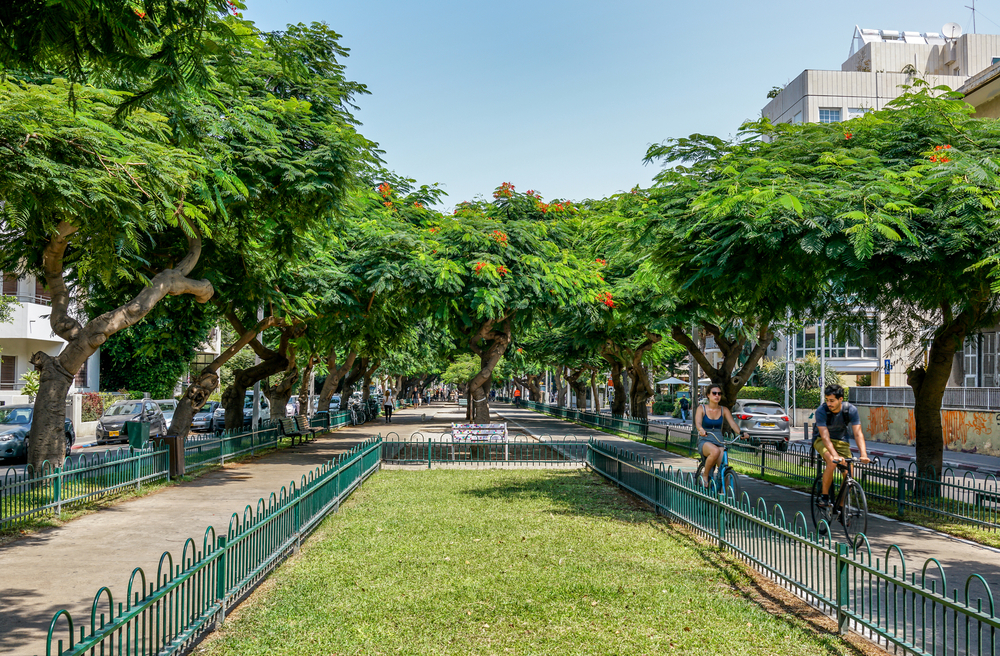

Tel Aviv, a city that has been aptly named the "White City" due to its collection of over 4,000 Bauhaus or International style buildings, has been a hub for tourism since its establishment in 1909. Rothschild Boulevard is one of the most important and iconic streets in Tel Aviv, playing an essential role in the city's development and its tourism industry.
Named after the prominent Rothschild family, the boulevard was one of the first streets laid out in the new city of Tel Aviv. Designed by city planner Patrick Geddes, it was part of his vision to create a garden city with wide streets and green spaces. The initial purpose of the boulevard was not for tourism, but rather to serve as a residential area for the city's wealthy inhabitants.
Tourism began to grow in Tel Aviv in the post-World War II when the state of Israel was established in 1948. Rothschild Boulevard quickly transformed from a residential thoroughfare to one of the city's main tourist attractions. The area’s distinctive architecture, coffee shops, and restaurants drew both local and international visitors. In 2003, UNESCO recognized Tel Aviv's White City as a World Heritage Site, greatly enhancing the boulevard's status in the global tourism landscape.
The turn of the millennium saw a boom in upscale real estate development along Rothschild Boulevard. Luxury high-rise apartments, boutique hotels, and gourmet restaurants replaced older structures, making the area even more attractive to tourists. The boulevard also boasts cultural institutions such as the Independence Hall, where Israel's Declaration of Independence was signed in 1948, attracting those interested in the history and culture of Israel.
Today, the latest trend in Rothschild Boulevard tourism is the sustainability movement. Tourists are increasingly interested in eco-friendly travel options, and the boulevard caters to this with bike rental stations and electric scooter services. Walking tours and the preservation of historical buildings also play a role in promoting sustainable tourism.
Another trend is the rise of culinary tourism. Rothschild Boulevard, with its array of high-end eateries and street food vendors, is a popular destination for foodies. The gastronomical experiences range from traditional Middle Eastern cuisine to modern fusion dishes, reflecting the melting pot of cultures in Tel Aviv.
In conclusion, Rothschild Boulevard has evolved from a residential promenade to a vibrant center of history, luxury, and culture. Its role in the tourism industry of Tel Aviv has become increasingly significant, representing both the historical roots and the modern allure of this dynamic Israeli city. With continued interest in heritage, sustainability, and culinary excellence, Rothschild Boulevard's place in the tourism tapestry of Tel Aviv is assured for years to come.